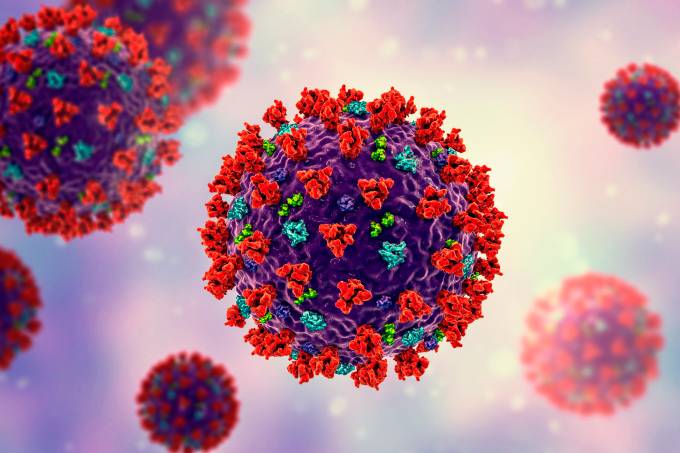Protocol Detail


HYPERCALCAEMIA
Hypercalcaemia is the most frequently encountered endocrine/electrolyte disorder in malignancy-associated hospitalised patients
Diagnosis
Hypercalcaemia is a plasma Ca>2.6 mmol/1.
Clinical features include “Moans, Bones & Abdominal Groans”.
· GIT Problems:
o Constipation,
o Nausea & vomiting,
o Peptic ulceration,
o Abdominal pain.
· Psychological problems:
o Depression,
o Dementia,
o Psychoses.
· Renal complications:
o Polyuria,
o Compensatory polydipsia.
· General:
o Lethargy,
o Weakness,
o Anorexia,
o Bone pain.
· Calcification:
o Corneal,
o Conjunctival flare,
o Urolethiasis, nephrolethisasis & nephrocalcinosis,
o Chondrocalcinosis.
Severe hypercalcaemia (Ca>3.5 mmol/1) results in cardiac arrhythmias & renal tubular damage
(hypokalaemia, dehydration, sodium loss & acute renal failure)
Biochemical indicators of malignancy include:
· Low plasma albumin,
· Low chloride,
· Raised phosphate,
· Raised alkaline phosphatase,
· Hypokalaemia.
Biochemical indicators of hyperparathyroidism include:
· Normal or low albumin,
· Normal or reduced phosphate,
· Raised PTH.
Other biochemical indicators:
· Raised albumin + raised urea – implies dehydration,
· Raised albumin + normal urea – implies cuffed sample,
· Normal or low albumin + normal or raised phosphate
o With raised alkaline phosphatase implies bony metastases, sarcoidosis or Thyrotosicosis
o With normal alkaline phosphatase implies myeloma, vitamin D excess, milk-alkali syndrome, Thyrotoxicosis or sarcoidosis.
Management
Generally the underlying cause should be treated.
Other general measures include:
· Stop medications that cause or worsen hypercalcaemia (eg Thiazides),
· Immobilization should be avoided,
· Generous oral intake of salt & water promotes calcium excretion & avoids extracellular
fluid volume depletion.
Mild Hypercalcaemia (< 3 mmol/1):
· Often caused by primary hyperparathyroidism,
· Monitor symptoms closely,
· Regular checking of BP, serum calcium, renal function, calcium excretion & bone density.
· May require surgical intervention if:
o Ca . 2.85 mmol/1,
o Past history of lifethreatening hypercalcaemia,
o Kidney stones,
o Raised 24 hours urinary calcium excretion,
o Substantial loss of bone density.
Moderate hypercalcaemia (>3 & 3.375 mmol/1):
· Treatment depends on severity of symptoms which usually relates to the rate of rise of the calcium,
· If symptoms are few or mild treatment should be aimed at the underlying cause,
· If the sole symptoms are neurologiocal, exclude other causes for the altered mental state before attributing it to the hypercalcaemia,
· If symptoms are severe, oral salt & water or IV Normal Saline should be given to restore intravascular volume (this enhances GFR & promotes renal Ca excretion). If there is renal insufficiency IV Normal Saline with with loop diuretics should decrease the calcium levels rapidly AVOID thiazide diuretics.
Severe hypercalcaemia (>3.375 mmol/1):
· Combined approach to enhance excretion, restore circulating volume, reduce beone resorption & treat the underlying disease,
· If the PTH is raised refer urgently for parathyroidectromy,
· Malignancy is the most cause,
· Start IV fluids at a rate of 3-6 1/24 hours, monitor & replace potassium & magnesium as indicated,
· Start IV loop diuretic,
· Consider use of biophosphonate to reduce osteclastic bone resorption,
· Consider use of other agents such as mithramycin 9effective in hyperparathyroidism & malignancy but toxic), calcitonin,
· Glucocorticoids are useful in hypercalcaemia associated with haematological malignancy,
· Consider low-calcium dialysate haemodyalisis.









